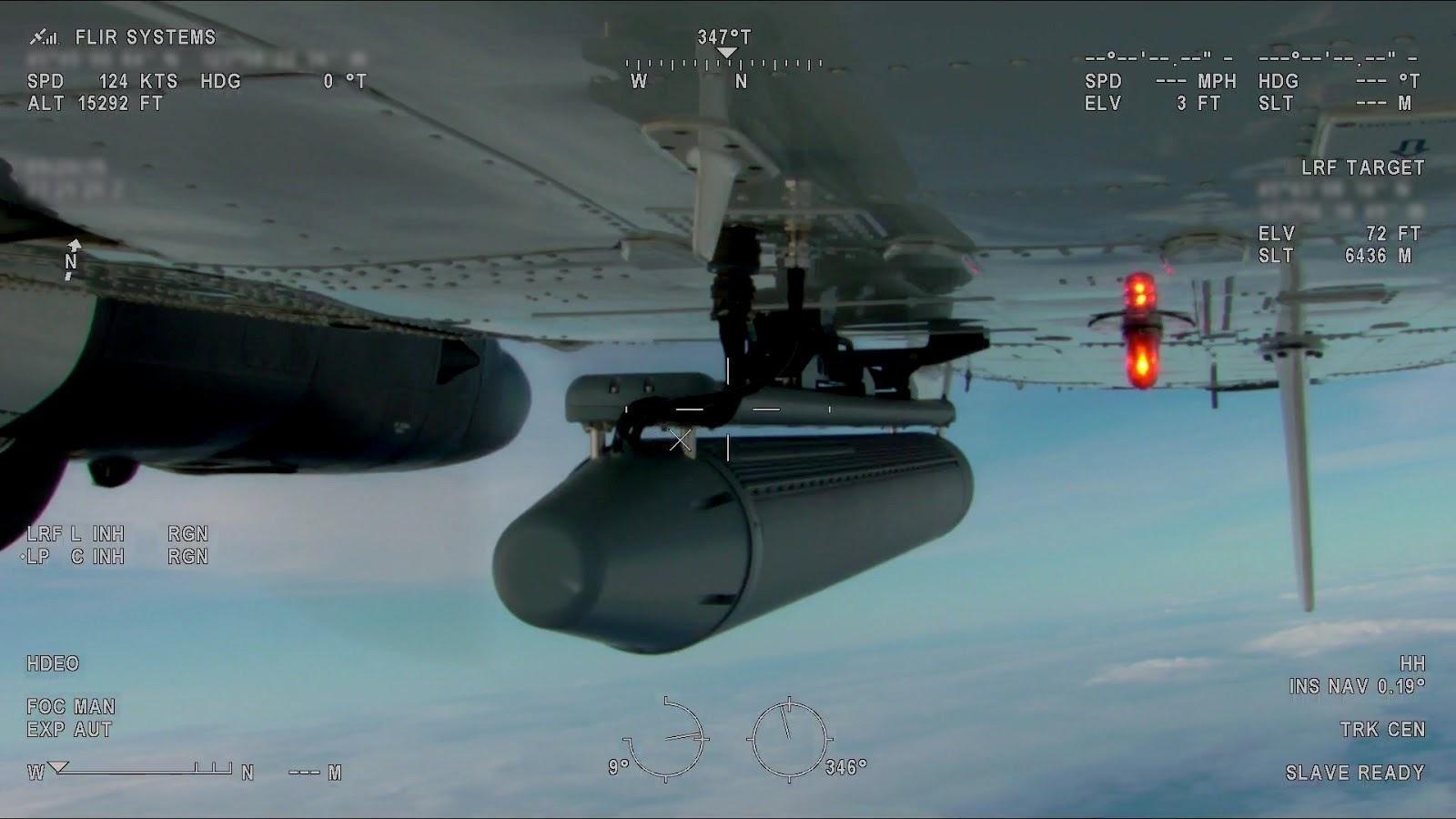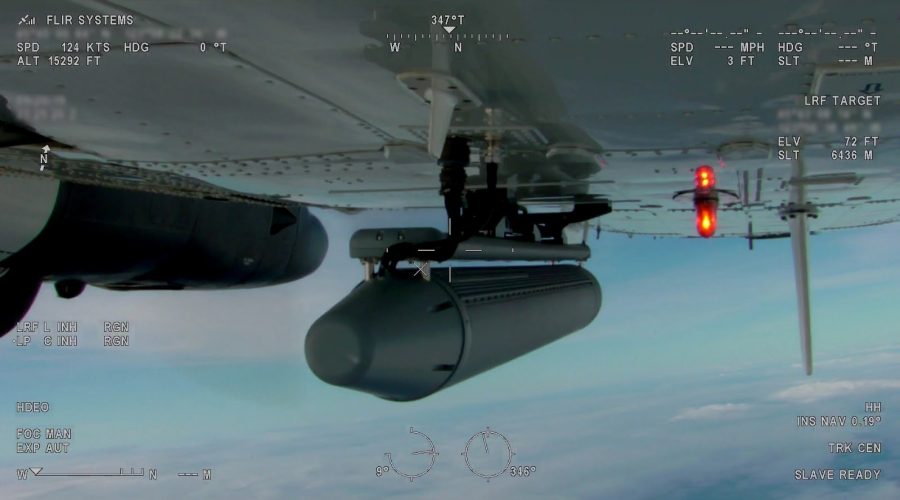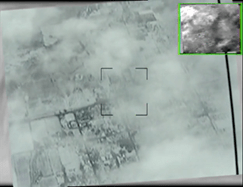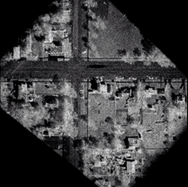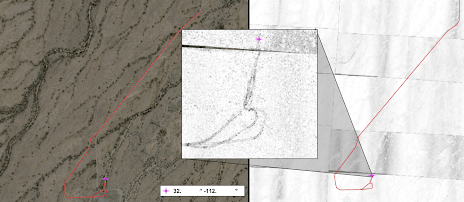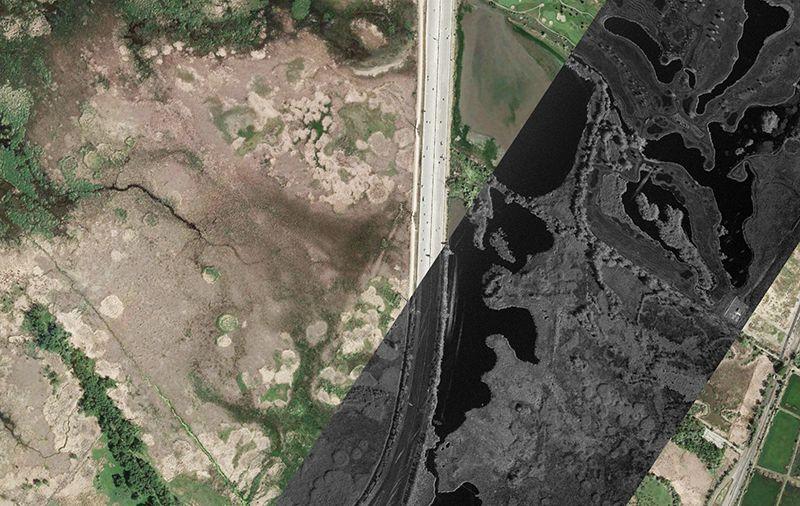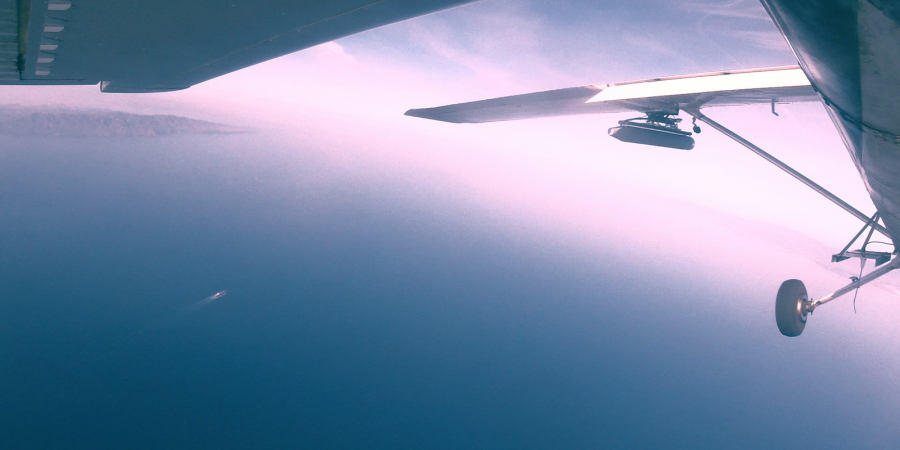KNOWLEDGE BASE CONTENTS
Knowledge Base / Interpreting & Analyzing Radar Data
3. How Hard is it to Interpret and Analyze Radar Data?
While interpreting radar images does take some skill, it doesn’t take a specialized degree or certification. Even hiring a dedicated radar image analyst is not necessarily needed. Organizations can effectively integrate radar analysis into their current workflow. After dedicating a few hours to learning the basics, radar novices can begin analyzing data and providing valuable intelligence to accomplish their missions.
Learners have several resources available to help ease the cognitive load as they gain experience with radar interpretation:
- Fine-resolution SAR imagery that’s easier to interpret than traditional radar images
- Leading-edge radar products that incorporate automated processing to eliminate several interpretive steps
- Software interfaces that display data intuitively
- Training courses
Interpreting SAR Imagery
SAR images from different IMSAR data collections
Radar images are non-literal, or in other words, they are a reconstruction of a scene, not a photo of one. While still useful, coarse or grainy radar images such as those above can create the perception that interpreting all radar data is complicated. However, fine-resolution SAR images make it easy to identify many common features and objects. In the image below, terrain, brush, and infrastructure are all easily discernible. Yet, some radar phenomena are at play in the image as well. For example, the bright outlines of the powerline towers in the image below are instances of a SAR phenomenon called layover, and do not accurately represent the dimensions and locations of the towers.
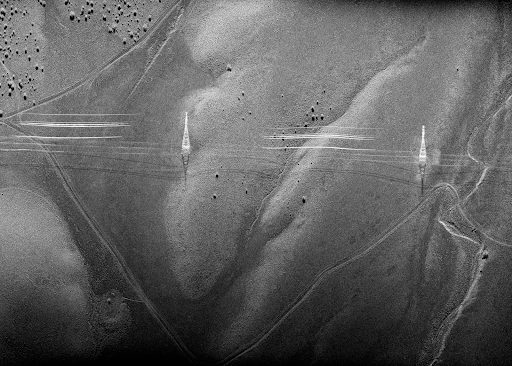
SAR image from an IMSAR data collect
Interpreting MTI and Other Advanced SAR Data Products
Through the multimode functionality of radar systems, some of the interpretation can be done automatically, so users are not flooded with data. Tools such as an MTI tracker and modes such as CCD/MCD process data automatically for specific uses. The resulting data products still need some basic explanations. For example, in the CCD/MCD data product shown below, data collected from two radar scans over the same area are combined to show changes between the two instances. CCD products display change as black highlights against an unchanged white background. MCD products display as “blue is new; red has fled” highlights, which is typical in change analysis.
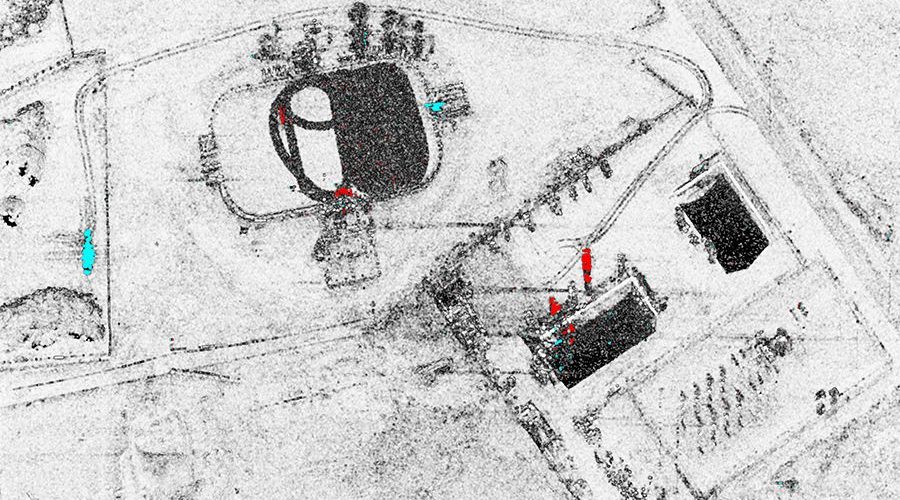
CCD data product from an IMSAR radar data collection
Taking Advantage of Mission Management Software
Robust mission management software reduces operator workload by displaying data not only from the radar, but also from a variety of other sensors, such as EO/IR, FMV, and AIS. Radar users have several software options from various vendors, each with their own advantages. Since we at IMSAR are only experts on our own software, we can only reference it in illustration of how software can ease the cognitive load. Complete IMSAR radar systems not only include the sensor, but also data processing servers and mission computers installed with IMSAR’s C2 and PED software, Lisa 3D. This graphical software displays the data from the sensor within seconds of collection.
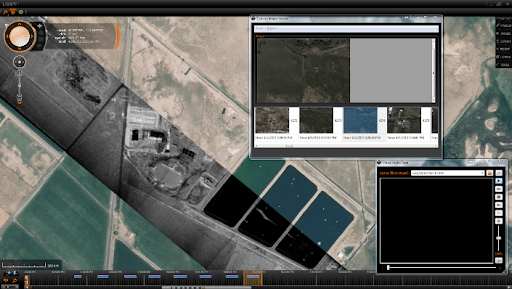
A screenshot from Lisa 3D, IMSAR’s C2 and PED software
Getting Training
Although radar analysts do not need formal certification or a specialized degree in radar, IMSAR recommends some training in radar basics. If an organization already has personnel familiar with intelligence sensors and products, they are ideal candidates for radar training. Individual courses are available through various institutions online or face-to-face. Radar companies might offer training also. IMSAR offers a 5-day training course with each radar system purchase. During IMSAR’s training, attendees learn basics similar to those presented in this knowledge base. Additionally, they get hands-on experience interpreting radar data using IMSAR’s built-in software for imaging interpretation and analysis, Lisa 3D.
IMSAR’s demonstration team manager explains how training resulted in practical application for one customer:
Contact us at sales@imsar.com for more information.
Related Content
Updated July 27th, 2021

